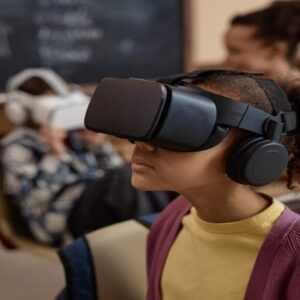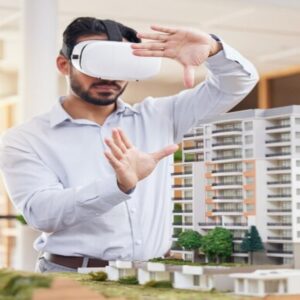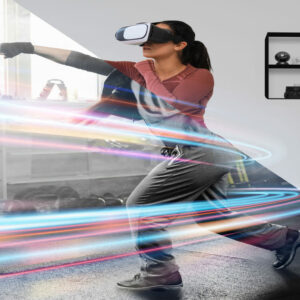Virtual Reality for Treating
Anxiety and phobias are emotional challenges that affect millions of people worldwide. Fortunately, technology has been advancing rapidly, and one of the promising tools in the treatment of these disorders is virtual reality (VR). In this article, we will explore how VR is revolutionizing the therapeutic approach, providing patients with an immersive and controlled experience to gradually and safely face their fears.
What is Virtual Reality?
VR is a technology that creates a simulated environment, allowing the user to immerse themselves in virtual scenarios. It uses special glasses and tracking devices to create a complete sensory experience, including vision, hearing, and even touch.
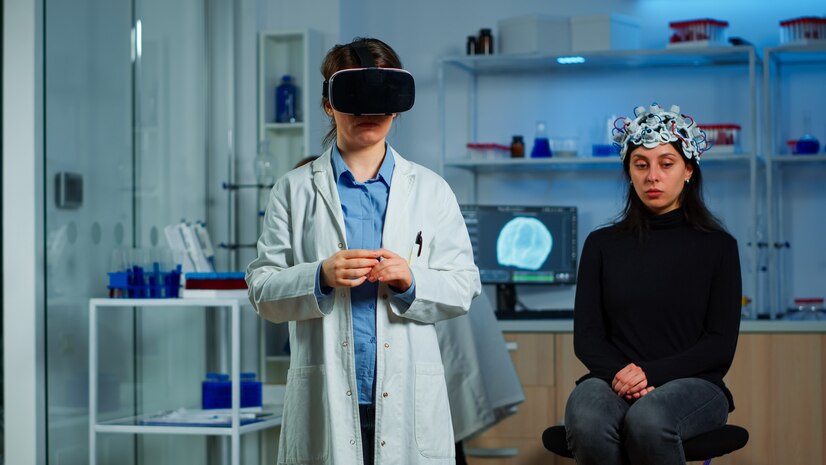
How Does VR Help in the Treatment of Phobias?
1. Gradual and Controlled Exposure:
- VR allows patients to face their fears gradually. For example, someone with a fear of flying can simulate virtual flights, increasing exposure over time.
- This approach is especially useful for situations that would be difficult to reproduce in real life.
2. Safe Environment:
- VR offers a controlled and safe environment for exposure. The patient can face their fears without real risks.
- This is especially relevant for intense phobias, such as fear of heights or confined spaces.
3. Immediate Feedback:
- During the VR session, therapists can monitor the patient’s reactions and adjust the exposure as needed.
- Immediate feedback helps to personalize the treatment for each individual.
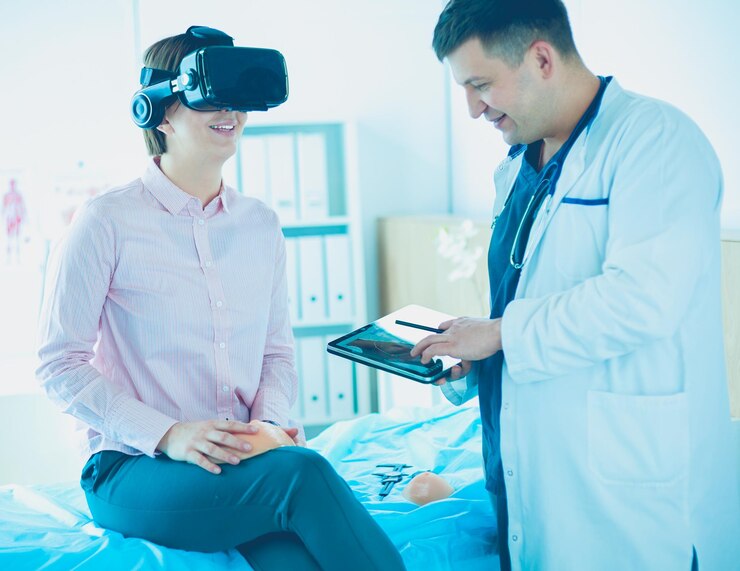
Virtual Reality in the Treatment of Anxiety Disorders
1. Social Anxiety:
- VR is used to simulate social situations, such as public speaking or interacting with strangers.
- The patient can practice social skills and reduce anxiety before facing these situations in real life.
2. Panic Disorder:
- VR can recreate scenarios that trigger panic attacks, allowing the patient to learn to control their reactions.
- Gradual exposure helps desensitization and reduces the intensity of symptoms.
3. Post-Traumatic Stress Disorder (PTSD):
- VR is used to safely relive traumatic events.
- The patient can process the emotions associated with the trauma and work on overcoming.
VR is transforming the way we treat phobias and anxiety disorders. It offers an innovative, effective, and personalized approach, giving patients a real chance to overcome their fears. As technology continues to evolve, we can expect VR to play an even more significant role in mental health.
Remember: if you are facing phobias or anxiety, consult a mental health professional for proper assessment and guidance. VR is a powerful tool, but it should be used under specialized supervision.
Did you like this topic? See more content about: Virtual Reality
Source: ncbi


